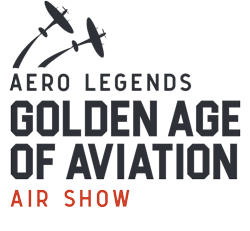
Important Update: 2025 Golden Age of Aviation Air Show Postponement
We wanted to share an important update regarding the 2025 Golden Age of Aviation Air Show at Compton Abbas Airfield. After much consideration, we have made the difficult decision to postpone the event until 2026.
While the 2024 Golden Age of Aviation Air Show was a resounding success and well-received by attendees, we believe taking additional time will allow us to address a few issues from the first event and ensure we return with the best show possible in 2026. As well as the uncertain economic environment we find ourselves in, a key reason for this postponement is that we were unable to secure key RAF assets during the bidding process. We are already working hard to secure these popular assets for 2026 to deliver an enhanced and unforgettable air show experience.
We understand this change may be disappointing, but we are committed to delivering an even better and more memorable air show experience in 2026. Our team will be reaching out to all ticket holders shortly.
If you have any immediate questions, please don't hesitate to contact us at info@aerolegends.co.uk
Thank you for your understanding and continued support. We can’t wait to welcome you back in 2026 for an unforgettable aviation experience.
Best regards,
The Aero Legends Team